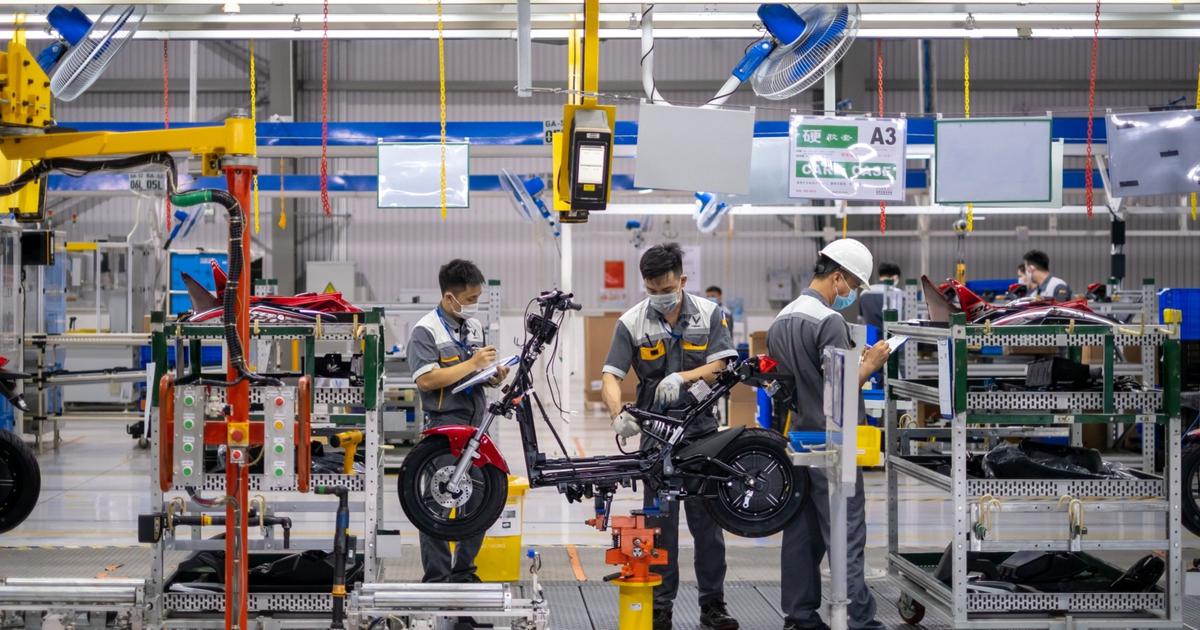It is music that we have heard a lot since the first confinement: for telemedicine, “
all the lights are green
” or even, “
the planets are aligned
”.
There was, it is true, the immense success of the Doctolib platform – to name but one – and noteworthy fundraising, such as that of the Medadom medical gondola design company - of 40 million euros in 2021.
However, two years later, the sector seems to be entering its lean period.
Anxious to calm the "
Wild West
" around telemedicine, the State has put an end to the full reimbursement of teleconsultations since September 30, without opening the door to any change in the regulatory framework.
Recently, a parliamentary amendment tabled as part of the review of the PLFSS aimed quite simply to ban teleconsultation carried out from home.
With little support in the ranks of the Assembly, the measure had little chance of succeeding, but the debate raises questions: why, even though the medical deserts are constantly expanding, is telemedicine struggling so much to convince?
At the height of the health crisis, nearly 45,000 doctors had recourse to telemedicine, fifteen times more than before the outbreak of Covid-19.
While they were said to be refractory to any digital invasion, they seemed to have embraced new technologies.
But was this conversion desired or forced?
That's the whole question.
Asked about the progression of medical deserts, William Joubert, president of the National Union of Health Professionals, sighs: “
Medical deserts are all of France now
”.
Faced with the magnitude of the problem, telemedicine alone will not be enough: “
It's an adjuvant, but it's not the alpha and the omega.
to practitioners and can be a "one-
off remedy
" for those who do not have an attending physician, he does not fail to list the limits of the remote medical act: the lack of physical examination, of course, but also areas where internet speed is limited, the illiteracy of the elderly…
Reluctance
However, William Joubert does not want the end of autonomous teleconsultation, which he considers useful.
What he fears is a relaxation of the current regulations, likely to promote an uberization of the activity: "
If we change the whole regulatory framework, we risk finding European doctors on the platforms, even extra -Europeans…
”.
https://static.lefigaro.fr/files//2022-12/fb7e22cd-938d-40ef-9722-d7ff67158d37.pdf
“
So what?
“, retorts, not without a certain sense of provocation, Corinne Isnard Bagnis, nephrologist doctor and specialist in e-health, co-author, with Olivier Babinet, of the book Les Déserts Médicales en question(s).
Having chained conferences and webinars on the subject in recent years, she is well aware of the reluctance of the medical profession vis-à-vis medicine 2.0.
: “
We went there during the Covid because there was no plan B. Nothing prevented us from doing telemedicine before.
Without changes in the regulations, in particular respect for the principle of territoriality, Corinne Isnard Bagnis finds it difficult to see how telemedicine could respond to the problem of medical deserts.
According to her, the challenge is above all organizational.
For the experience to be beneficial to both doctors and patients, she suggests defining dedicated time slots, in order to avoid wasted time in the virtual waiting room or even to better sanction missed appointments.
Considerations that make Damien Uhlrich, general manager of Hopi Medical, a Nancy telemedicine company founded fifteen years ago, smile.
A pioneer in the sector, he does not hide his hostility towards what he prefers to call “
teleconsulting
”.
"
It's no use
," he says.
Or rather if, to “
reassure patients in good health;
the others are automatically sent to the emergency room
”.
On arrival, the medical benefit is less for the patient, while for Medicare, the bill is double: “
The price of the teleconsultation, plus that of going to the emergency room
”, he specifies.
The cable cars?
Damien Uhlrich is hardly more convinced.
According to him, "
a patient cannot
», because the autonomous use of medical instruments is laborious, when it is not dangerous.
Coordination Vector
For more than a decade, Damien Uhlrich has been defending his own model of teleconsultation: the patient, assisted by a nurse, performs a complete medical examination if necessary, including ultrasound and electrocardiogram.
A state-of-the-art device, which, he assures, ends up convincing the most reluctant health professionals.
Because gaining the support of the doctors present on the territory is neither a detail nor an easy task.
Damien Uhlrich knows something about it.
When Hopi Medical “ authoritatively
” opened
a teleconsultation center in Oberbruck (Haut-Rhin), with the ambition of creating the first teleconsultation village in France, it went from disappointment to disappointment.
“
When it is not the territorial community that takes the initiative,
“, he admits.
Since then, there is no longer any question of going it alone: Hopi Medical relies on local doctors, or better, on the recent professional territorial health communities (CPTS) to establish itself.
” READ ALSO –
Teleconsultations with general practitioners: very urban patients
We are therefore far from the “
Far West ”
“Described by the director of the National Health Insurance Fund (Cnam), Thomas Fatôme.
Building on his recent successes, the entrepreneur sees teleconsultation as a means of coordinating the medical profession.
According to him, in addition to facilitating access to care, the opening of a state-of-the-art telemedicine center can enhance the attractiveness of under-rated areas, where because of the lack of infrastructure, young doctors are often reluctant to exercise.
But it is still necessary that this teleconsultation, more sophisticated, and therefore more restrictive, make its way in the medical deserts.
For the time being, the trend is more towards the installation of gondolas and terminals produced by H4D or Medadom.
When asked if he suffers from the competition of these giants who have won, in the
Our model is the only viable one.
Optimistic, he sees in this turbulent period new prospects for advanced telemedicine.















